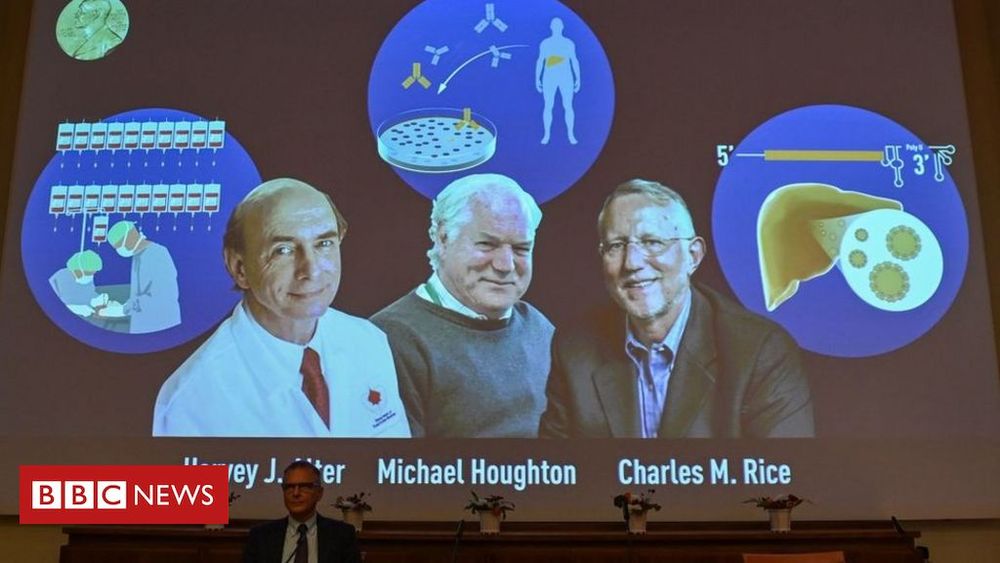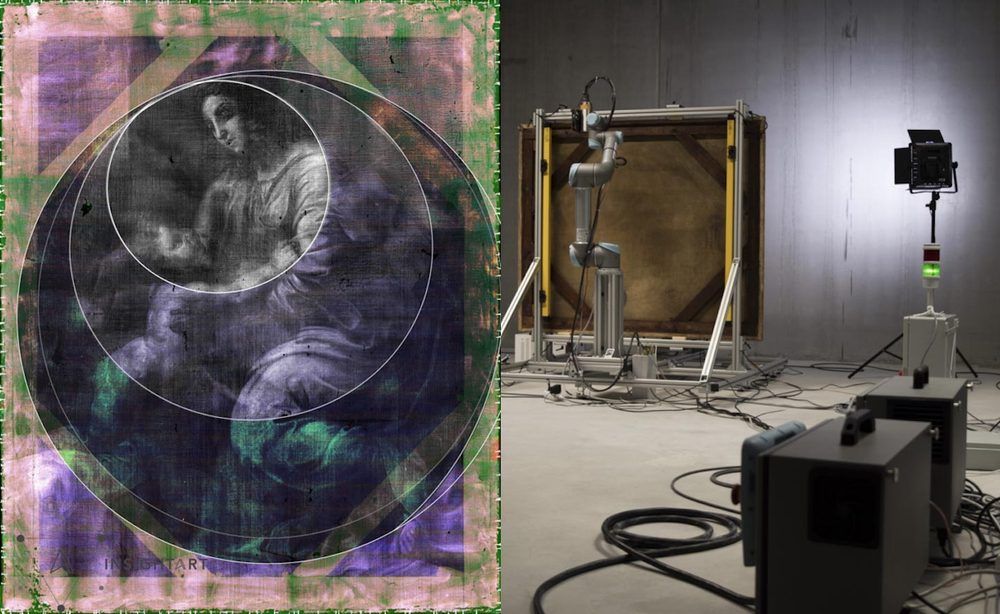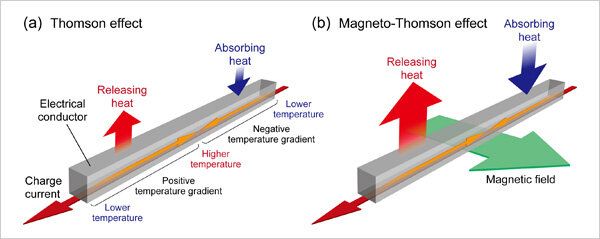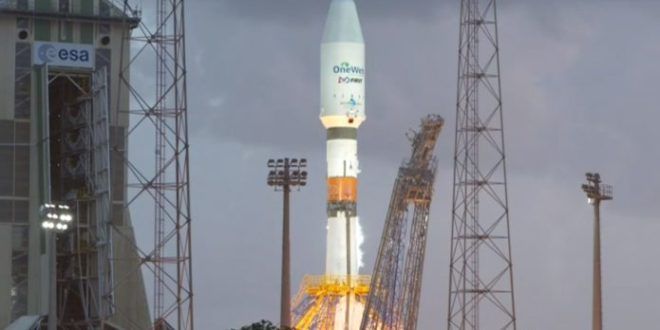UK startup Nu Quantum is breaking new ground in the quantum photonics space.
Get the latest international news and world events from around the world.


Scientists dazed and confused by extraordinary amount of gold in the universe
They say if you spread out all the gold ever mined from the Earth in all of history, it would only cover a football field 18 inches deep.
Now when you wrap you mind around that image, it doesn’t seem like very much, especially when you digest the fact that the solar system is literally brimming with gold but scientists can’t quite figure out where all this hard-to-make metal is being created.

Watch this 1.2 Megawatt electric motorcycle break the world record in 6-second drag race
When Danish racing team True Cousins got started with electric motorcycle racing, their first attempt was rather modest. But twelve years after fielding their first custom 12 kW electric motorcycle, the team returned to set a new world record with a new bike featuring 100x the power.
The Silver Lightning is a custom built electric drag racing motorcycle featuring up to 1,200 kW of power.
Last week it laid rubber down on the strip at the Santa Pod Raceway in Bedfordshire, England during the event dubbed “NOT the Euro Finals”.

CERN Timepix Technology Helps Rediscover Lost Painting by the Great Renaissance Master, Raphael
CERN’s Timepix particle detectors, developed by the Medipix2 Collaboration, help unravel the secret of a long-lost painting by the great Renaissance master, Raphael. 500 years ago, the Italian painter Raphael passed away, leaving behind him many works of art, paintings, frescoes, and engravings.
CERNs Timepix particle detectors, developed by the Medipix2 Collaboration, help unravel the secret of a long-lost painting by the great Renaissance master, Raphael.
500 years ago, the Italian painter Raphael passed away, leaving behind him many works of art, paintings, frescoes, and engravings. Like his contemporaries Michelangelo and Leonardo da Vinci, Raphael’s work made the joy of imitators and the greed of counterfeiters, who bequeathed us many copies, pastiches, and forgeries of the great master of the Renaissance.
For a long time, it was thought that The Madonna and Child, a painting on canvas from a private collection, was not created directly by the master himself. Property of Popes and later part of Napoleon’s war treasure, the painting changed hands several times before arriving in Prague during the 1930’s. Due to its history and numerous inconclusive examinations, its authenticity was questioned for a long time. It has now been attributed to Raphael by a group of independent experts. One of the technologies that provided them with key information, was a robotic x-ray scanner using CERN-designed chips.

Cambodia confirms US-funded defence facility has been razed
Cambodia has razed a US-funded defence facility on its southern coast, the deputy prime minister confirmed Sunday, the latest move in the ongoing controversial expansion of a strategically crucial naval base being developed with Chinese aid.
The Wall Street Journal reported last year on a secret draft deal allowing China to dock warships at the Ream naval base near the kingdom’s coastal city of Sihanoukville.
But Cambodia — awash in recent years with Chinese investments — has strenuously denied the report, although strongman premier Hun Sen has said aid from Beijing will fund the naval base’s development.

World’s first direct observation of the magneto-Thomson effect
Applying a temperature gradient and a charge current to an electrical conductor leads to the release and absorbtion of heat. This is called the Thomson effect. In a first, NIMS and AIST have directly observing the magneto-Thomson effect, which is the magnetic-field-induced modulation of the Thomson effect. This success may contribute to the development of new functions and technologies for thermal energy management and to advances in fundamental physics and materials science on magneto-thermoelectric conversion.
The Seebeck effect and the Peltier effect have been extensively investigated for their application to thermoelectric conversion technologies. Along with these effects, the Thomson effect has long been known as a fundamental thermoelectric effect in metals and semiconductors. Although the influence of magnetic fields and magnetism on the Seebeck and Peltier effects has been well understood as a result of many years of research, the influence on the Thomson effect has not been clarified because it is difficult to measure and evaluate.
This NIMS-led research team observed heat release and absorption induced in an electrical conductor by simultaneously creating a temperature gradient across it, passing a charge current through the gradient, and applying a magnetic field. The team precisely measured temperature changes in the conductor associated with the heat release and absorption using a heat detection technique called lock-in thermography. As a result, the amount of heat released and absorbed was found to be proportional to both the magnitude of the temperature gradient and charge current. In addition, the team observed strong enhancement of the resultant temperature change when a magnetic field was applied to the conductor. The systematic measurements performed in this study demonstrated that the heat release and absorption signals detected under a magnetic field were indeed generated by the magneto-Thomson effect.
Born Free Foundation’s Campaign to Keep Wildlife Wild!
Keeping Wildlife in the Wild.
Ira Pastor, ideaXme life sciences ambassador, interviews Will Travers OBE, President of the Born Free Foundation, Born Free USA and Species Survival Network.
Ira Pastor Comments:
The Born Free Foundation is an international wildlife charity that campaigns to “Keep Wildlife in the Wild.”
Founded by English actors and wildlife campaigners Bill Travers and Virginia McKenna, its mission is to protect wild animals in their natural habitat, campaigns against the keeping of wild animals in captivity, and rescues wild animals in need. It also promotes compassionate conservation, which takes into account the welfare of individual animals in conservation initiatives.


New York court readies OneWeb to start services next year
 Paris, 4 October 2020. – A New York court has confirmed OneWeb’s rescue plan and put it back on track to launch its services in 2021, the London-based LEO operator announced.
Paris, 4 October 2020. – A New York court has confirmed OneWeb’s rescue plan and put it back on track to launch its services in 2021, the London-based LEO operator announced.
The U.S. Bankruptcy Court for the Southern District of New York confirmed OneWeb’s Chapter 11 reorganization plan, ensuring that the company remains on target to resume business operations and deploy the initial 650 LEO satellite constellation under its new ownership, OneWeb said.
“The transactions outlined in the Plan will be implemented following receipt of customary regulatory approvals, which are expected by the end of 2020. In the meantime, OneWeb is resuming operations and readying its commercial services which are planned to start next year.”